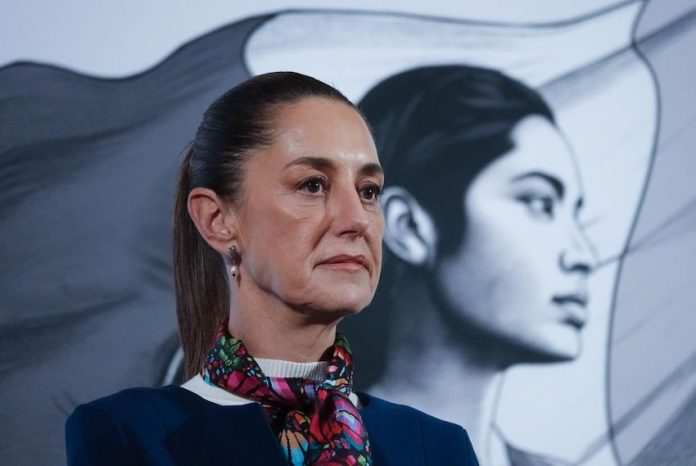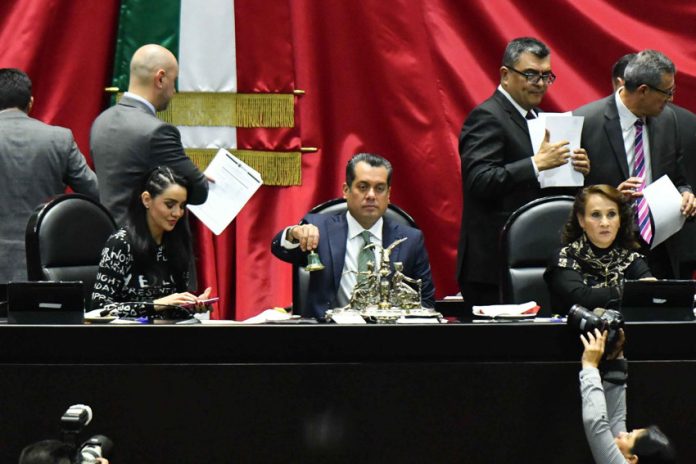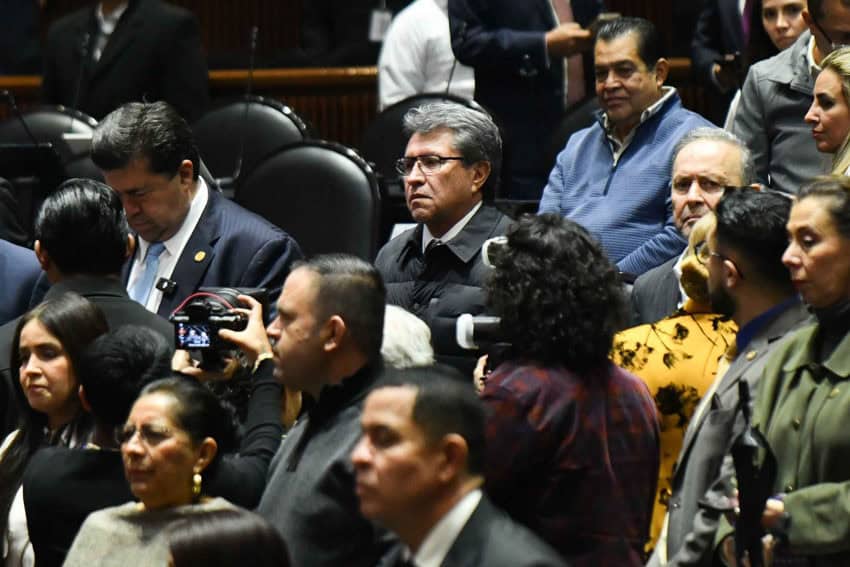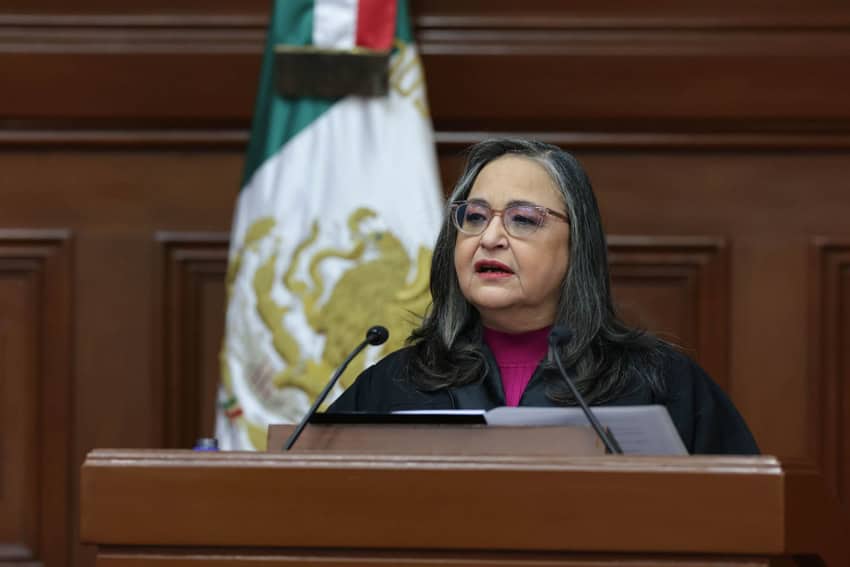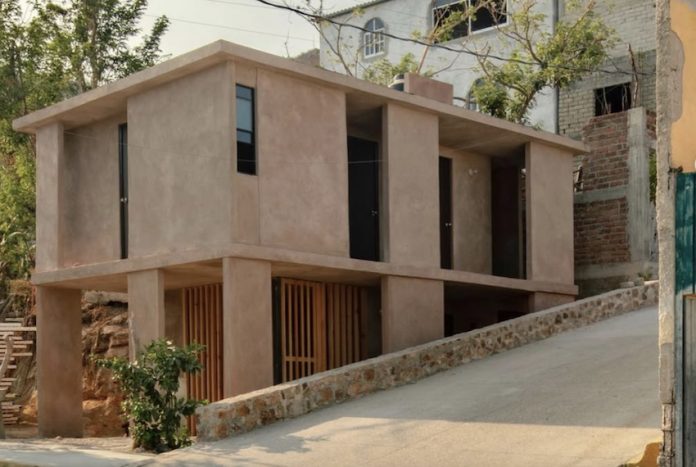Corn fritters, as we know them in their Tex-Mex glory, are the kind of food that feels like it’s been around forever, but in truth, they’re a fairly recent remix. Think of them as a culinary handshake between the U.S. South and the Tex-Mex borderlands: a marriage of crispy indulgence and bold, Southwestern flair.
It all boils down to corn, the backbone of Tex-Mex cuisine. From tortillas to atole, corn has been the star ingredient in Mexican and Tex-Mex cooking for centuries. But fritters? That’s a Southern twist. The South had its own deep connection to corn — think cornbread, hushpuppies and grits — but what they brought to the table was a love of frying. Fry anything in hot oil, and you’ve got comfort food gold. If you can do it to Oreos, no food is safe from the Southern frying pan.

By the mid-20th century, as Tex-Mex cuisine gained traction beyond Texas cowboys, recipes for fritters started appearing in cookbooks, usually spiced up with chili powder, cumin or jalapeños for an extra kick. It wasn’t just about frying anymore; it was about packing every bite with a rodeo of flavor.
Tex-Mex corn fritters are a little more rebellious than their Southern cousins. They’re often loaded with sharp cheddar, green chilis or diced onions and served with dips that scream Southwest, like smoky chipotle crema or tangy chili-lime aioli. Restaurants along the border added them to menus as appetizers, the kind of thing you eat before a sizzling plate of fajitas or a margarita or two. Their versatility made them a hit— they could go sweet or savory, plain or piled high with toppings.
Now, corn fritters are a staple at backyard barbecues, food trucks and trendy brunch spots. They’ve become a canvas for experimentation, whether stuffed with queso fresco or served with a drizzle of hot honey. Tex-Mex corn fritters aren’t just a dish—they’re a celebration of the region’s melting pot of flavors, proof that even a humble fritter can still elevate a cuisine.
Corn Fritters with Chili-Lime Aioli
Ingredients
For the corn fritters
- 1 cup all-purpose flour
- ½ cup cornmeal
- 1 tsp baking powder
- 1 tsp salt
- ½ tsp black pepper
- 1 tablespoon brown sugar
- 2 large eggs
- 1 ½ cups fresh corn kernels (or canned/drained, or frozen/thawed)
- 2 green onions, finely chopped (optional)
- ¼ cup shredded cheddar cheese (optional)
- 100g canned chipotles, finely chopped (adjust to your spice preference)
- Vegetable oil (for frying)
For the chili-lime aioli
- ½ cup mayonnaise
- 1 clove garlic, minced
- 1 tsp chili powder
- 1 tsp lime zest
- 1 tablespoon fresh lime juice
- ½ tsp hot sauce
- Salt to taste
Instructions
Make the chili-lime aioli
- In a small bowl, mix together mayonnaise, garlic, chili powder, lime zest, lime juice and hot sauce.
- Taste and adjust salt as needed.
- Cover and refrigerate until serving.
Make the corn fritters
- In a large bowl, whisk together flour, cornmeal, baking powder, salt, black pepper, and brown sugar. In a separate bowl, beat eggs. Pour into dry ingredients and stir until combined. Fold in corn kernels, green onions, shredded cheese if using and chipotles.
- Heat about ¼ inch of vegetable oil in a large skillet over medium-high heat. Test the oil by dropping in a small bit of batter— it should sizzle immediately.
- Drop spoonfuls of batter, about 2 tbsp each, into the hot oil. Flatten slightly with the back of a spoon. Cook for 2-3 minutes per side, or until golden brown and crispy. Remove and drain on a plate lined with paper towels.
- Arrange the fritters on a platter and serve hot with the chili-lime aioli for dipping.
Stephen Randall has lived in Mexico since 2018 by way of Kentucky, and before that, Germany. He’s an enthusiastic amateur chef who takes inspiration from many different cuisines, with favorites including Mexican and Mediterranean. He also runs the Recipe Rankers YouTube channel.

